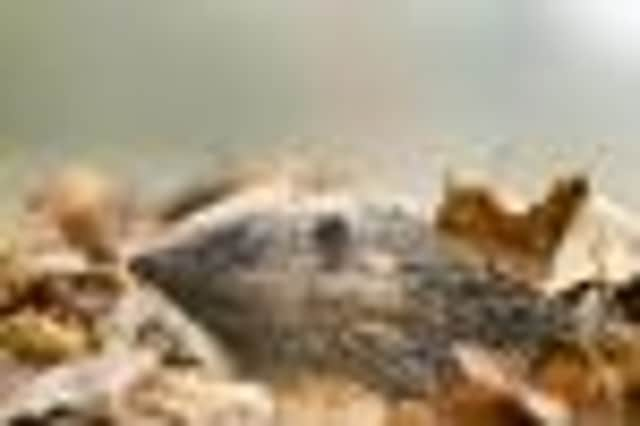A walk on the wild side
This article contains affiliate links. We may earn a small commission on items purchased through this article, but that does not affect our editorial judgement.


SEPTEMBER is usually the month when summer suddenly seems to give way to autumn, but so far this year, in terms of the weather and the seasons, very little seems to have gone according to plan according to the RSPB.
Samantha Stokes, from the conservation body, said: “Assuming our weather is back on track, the colours in the garden will gradually become more muted as seeds and fruit ripen, and leaves take on the first hints of red and brown.
Advertisement
Hide AdAdvertisement
Hide Ad“As nights become colder, birds and other wildlife can be seen preparing for the winter to come. Most of our summer visitors, such as the warblers and swallows, have left to begin their migration south. Yet their place will soon be taken by winter thrushes from the north who come to feast on the berries in our hedgerows.
“Members of the tit family, like the coal tit, start to flock together. While other resident species become quieter and no longer fight over territories, returning to warm roosts each evening.
“While for us September is a good time to prepare our gardens for the coming winter, and the RSPB is calling on the residents of Sussex to consider the wildlife that may come to rely on our gardens for food and shelter during the harsher months.
“Although this is a time when gardeners traditionally start to clear up, if you want to encourage and help wildlife, you could adopt a more natural approach.
Advertisement
Hide AdAdvertisement
Hide Ad“Leaving seed-heads, especially on plants such as teasels, thistles and sunflowers, and allowing vegetation to die back naturally, provides food and shelter for wildlife through the colder months.
“Don’t panic, a wildlife-friendly garden doesn’t have to be wild and overgrown, it can look attractive all year round. By growing a wide variety of plants you’ll offer food and shelter for all sorts of wildlife.”
September is also an ideal time for planning and creating next year’s borders. While the size of your garden might limit what you can plant, it’s possible to garden for wildlife on even the smallest balcony or terrace.
Creating a rich habitat of trees, shrubs and flowers is the key to providing wildlife with year-round food, think of it as the equivalent of a motorway service station: a place for creatures to stop over for food and a rest.
Advertisement
Hide AdAdvertisement
Hide AdSamantha Stokes added: “In a well planned wildlife garden you might spot blackcaps eating the red berries of honeysuckle in the autumn and common darter dragonflies feeding on the flies that come to feast on the over-ripe juices of the fruit.
“Or perhaps blackbirds as they gobble up berries through the winter or forage for insects under the shelter of a humid shrub bed all year round, accompanied in summer by a hedgehog or toad that has also come to feed on the insects.”
For more advice about what to do in the garden and when, visit the RSPB’s Homes for Wildlife website www.rspb.org.uk/hfw